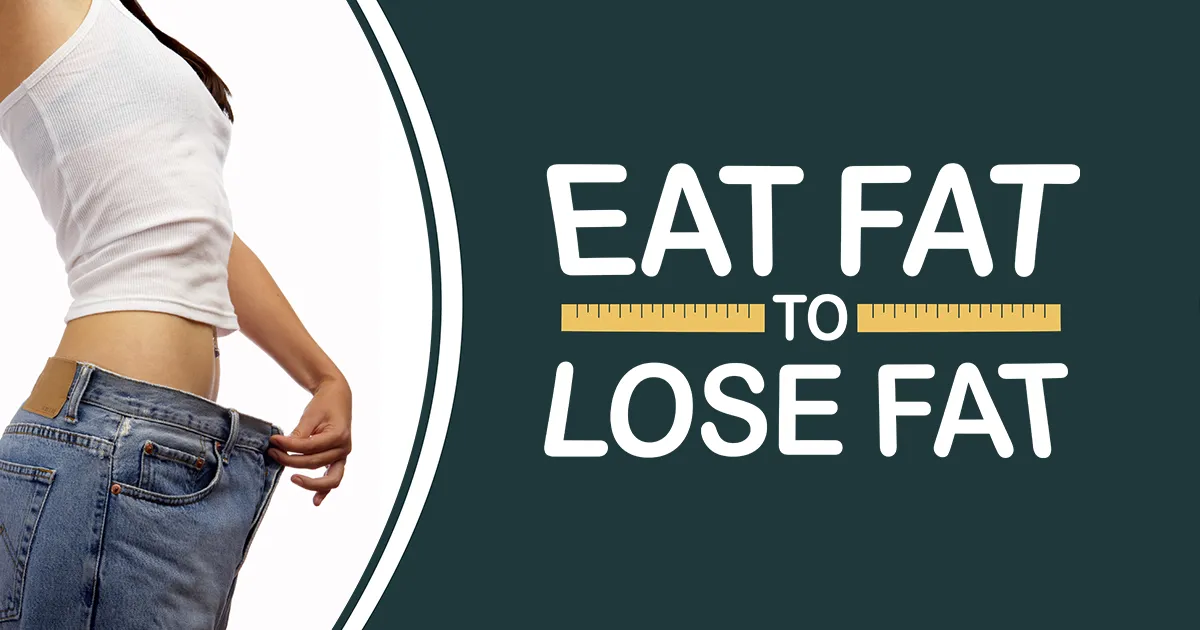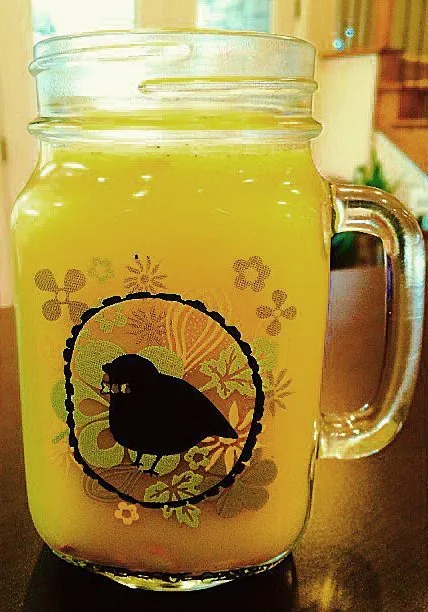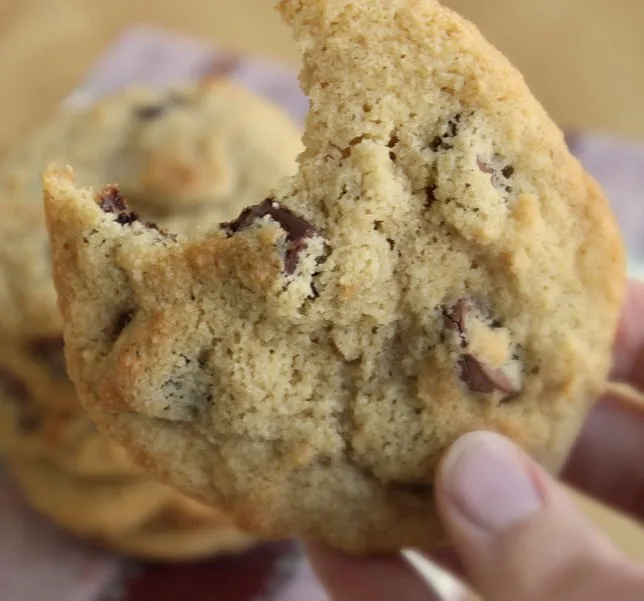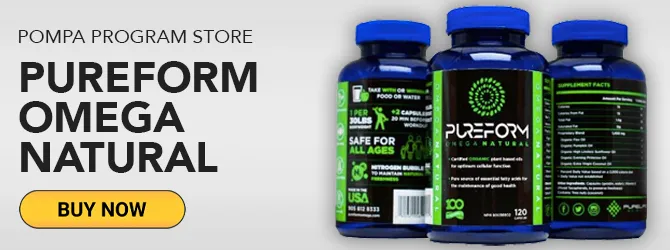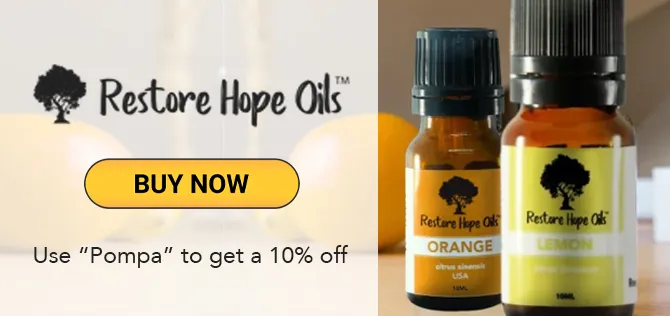Eat fat lose fat? The idea seems ludicrous, contradictory at best, dangerous at worst. You have to eat fat to lose fat? To many, that seems like a fast track to weight gain, cholesterol problems, and all of the health issues that a diet high in fat can bring. But there’s a myth at play here, and I can assure you that it’s not what you think and it is the ideal way to lose weight fast.
The truth is that eating good quality fats really can jump-start weight loss, and that’s not all. Studies show that a diet high in good fats1 can:
- Help to lose weight fast and sustain fast weight loss
- Fight cancer
- Assist with degenerative brain disorders like Alzheimer’s disease
- Help to balance hormones
- Insulate vital organs
- Optimize brain health
- Increase nutrient absorption from food
- Lower blood pressure
- Work against oxidation and aging in the body’s cells
In my experience working with countless clients, many struggling with weight loss resistance discover that a high fat diet is the only diet that works for them. Good fats help to nourish our bodies, boost energy levels, and heal on a cellular level. It’s the miracle diet that isn’t a miracle. At the root of a high fat diet, also known as a ketogenic diet, is a process called ketosis.
What is Ketosis?
According to WebMD, “Ketosis is a normal metabolic process, something your body does to keep working. When it doesn't have enough carbohydrates from food for your cells to burn for energy, it burns fat instead. As part of this process, it makes ketones.”2
Ketones are a byproduct from your body burning fat, both from fat stores and fat that you eat. They are measurable in blood and urine with blood levels giving you a more accurate reading in my opinion. Low levels indicate that your body is in a state of ketosis, which is helpful in monitoring your metabolic state while on a ketogenic diet. Pregnancy and extended exercise can also cause your body to begin burning fat. High levels of ketones in the body, especially if you are not on a ketogenic or low carb diet, can indicate diabetes or a serious, but very rare, condition called ketoacidosis, so always be sure of your current state of health before beginning a new diet of any kind.3
Starting a Ketogenic Diet
Ketogenic diets are hallmarked by high intake of good quality fats, moderate protein intake, and low carbohydrate intake. Starting out, I recommend a ratio of up 70-80% fat, 15-30% protein, and 5-10% carbs are typical with a ratcheting up of healthy carb intake as the weeks progress. Carbohydrate intake generally needs to be below 20 grams a day to trigger ketosis, and a short fasting period before starting isn’t a bad idea. You’ll notice that this isn’t a low carb/high protein diet at all. I recommend that you keep your protein intake moderate. Too much protein in the diet can drive inflammation in the body, and that’s just what you’re trying to avoid. For more details on this, and a high fat for weight loss diet, watch our CHTV Episode 62: Eat Fat to Lose Fat. We have a great conversation about how to start a healthy diet high in fats, how to maintain it, and how great you feel when you’re eating to heal your cells and optimize health.
Note: This diet is not for everyone, and can simply be used as a tool for healing weight-loss resistance and other conditions. Once good health is achieved, you may return to following a diet that suits you genetically, or the Cellular Healing Diet. However, some people should stay on the ketogenic diet for life to have lasting energy and remain lean.
You can see from the video that maintaining a high fat diet doesn’t have to be complicated, and is full of delicious, satisfying foods. This is key. Fats in the diet help you to feel more satisfied and full. This helps to combat overeating and prevents you from feeling like you’ve deprived yourself (you haven’t!), the exact opposite of what happens when you eat too much glucose. Eating a lot of carbs tends to produce cravings for sweet foods, and actually stimulates you to eat more. It’s no great leap to see how an overabundance of carbs in the diet can lead to overeating and weight gain.
There is a catch, though, to eating a diet rich in fats: You must choose the right fats for your body, and avoid the unhealthy ones. Unlike good quality fats, bad fats:
- Build up in the system
- Can take weeks for your body to process out
- Are toxic to your body’s cells, and lead to increased fat stores (weight gain)
- Lead to congestion disorders like clogged arteries and heart disease
- Drives inflammation in the body, which causes so many problems with health and healthy weight
Exchanging unhealthy fats for good, healthy fats is one the kindest things that you can do for your body’s cells, and the resulting energy levels that you feel. So which fats are bad, and which are good? Read on.
Bad Fats – Do Not Eat!
Your rule of thumb with bad fats is this: If it’s man-made, or requires high heat, high pressure or solvents to produce, don’t eat it. Many man-made oils, including anything that says “hydrogenated” or “partially hydrogenated,” are created specifically to prolong the shelf life of a fat, and the processed foods that they are added to. Trans fat content is assured in such products. Likewise, oils that require great heat and pressure or solvents to extract tend to go rancid right there in the factory before they’re even bottled. Most vegetable oils, like canola, processed in this way have to be put through a deodorization process before packaging up, or you wouldn’t go near it. The heat used to do this converts some of the unsaturated fatty acids into trans fatty acids in amounts higher than normal.
Some examples of bad fats to steer clear of:
- Margarine
- Canola oil
- Vegetable oils like corn and soybean
- Shortening
- Partially hydrogenated lard
Good Fats – Eat these!
Opposite to harmful fats, good quality fats, or “God fats” as I like to call them, are nourishing, reduce inflammation, and are healing to the body’s cells. These oils are often cold pressed, non-GMO, and easy to find as certified organic. Good fats are what you want in your daily diet to heal your body and promote weight loss. Don’t worry about saturated fats and cholesterol too much. These are both unfairly vilified by many of today’s “health experts.” As I’ve mentioned in previous articles, saturated fat and cholesterol are actually required to make vitamin D, hormones, support brain function, and produce and restore cell membranes, since they help to compose the membranes themselves. When consumed from the right sources, these two unique fats downregulate inflammation, balance hormones to encourage weight-loss, and serve as ideal brain food to keep your body in top performance mode.4
Be sure to differentiate between which good fats can be cooked and which should not be. Generally speaking, the more saturated the oil, the better it is for cooking with. The less saturated the oil, the more likely it is to burn during cooking, and produce unhealthy amounts of trans fats. These are best consumed raw. You don’t want your oil to smoke while cooking. Burned oil is bad oil.
Examples of healthy, good fats (God fats):
- Coconut oil
- Butter from grass fed cows
- Avocado oil
- Eggs (with yolk) from pasture raised chickens
- Nut & seed oils like almond and pumpkin (look for organic, cold pressed)
- Olive oil
- Hemp seed oil
- MCT oil
You can find a lot more information on good fats, how to use them, and cellular healing in my Cellular Healing Diet Book.
Recipes with Good Fats
Need some ideas on how to incorporate healthy fats into your diet? Check out the “Recipes & Exercise” section of the website for a ton of healthy recipe ideas like:
This insanely good Baked Egg in Avocado for breakfast. I get hungry just looking at the photo.
Who says you can’t have pizza? Try this Flatbread Pizza recipe!
Kick up your butter into the stratosphere by making Grass-fed Bone Marrow Butter.
Ditch the store bought smoothies, and make your own. Most smoothies, and even freshly squeezed juices that you can find in juice bars, are glucose based. They can drive inflammation, interfere with cellular detoxification, and healing. These will combine to disrupt your weight loss journey. If you want to have delicious smoothies that are high in nutrients and healthy fats, my eBook, “Smoothies to Heal Your Gut,” is loaded with recipes, and you can get your copy for free here.
Eating for weight loss doesn’t have to taste bad or leave you feeling starved. I can tell you this, because I live it. Healthy fats are there to heal, nourish, and promote healthy bodies. Want to lose weight fast? Eat fat to lose fat… healthy fats that is!
- Why Your Brain Quits Working
- Is Weight Loss Resistance Your Story?
- Healthy Fats – The Fat that Makes You Skinny
- The Ketogenic Diet: An Answer for More than Weight Loss Resistance
- CHTV Episode 62: Eating Fat to Lose Fat
- R4: Reducing Cellular Inflammation and Oxidative Stress
- Dr. Pompa's Top 10 Toxic Foods
- Baked Egg in Avocado
- Flatbread Pizza
- Grass-fed Bone Marrow Butter
- Smoothie Recipes
- Free Smoothie eBook
- The Cellular Healing Diet Book
- DV3
- Skinny & Co. Coconut Oil
- Cold-Pressed Hemp Oil
- MCT Oil
